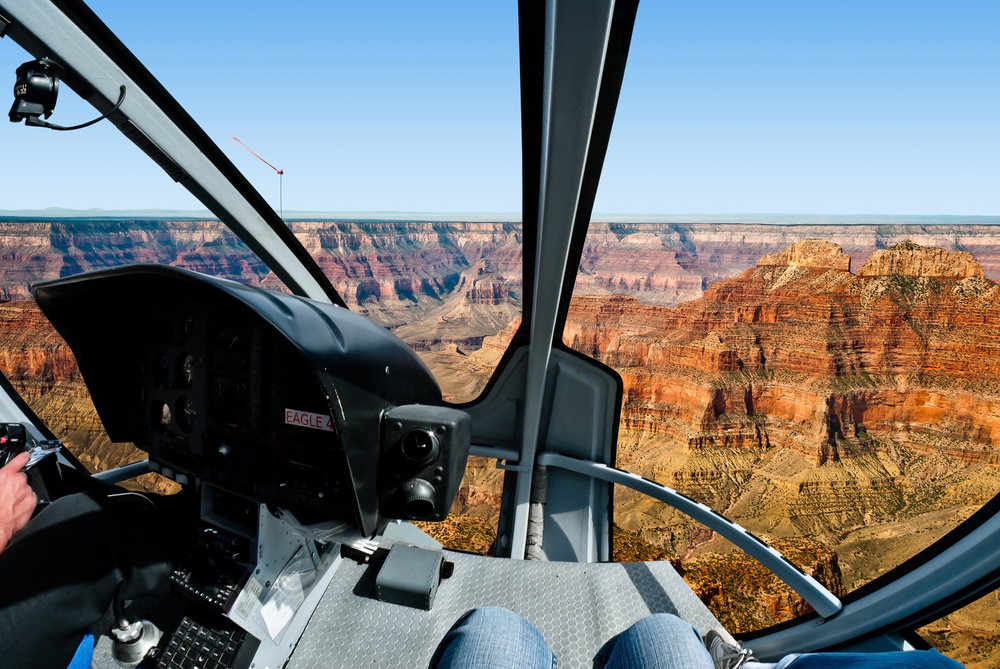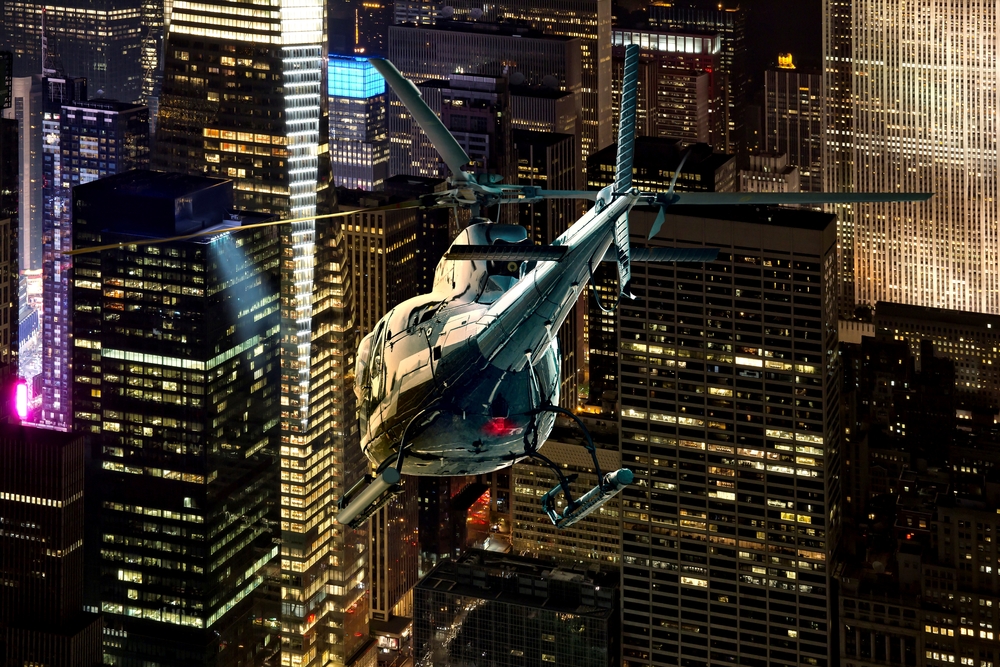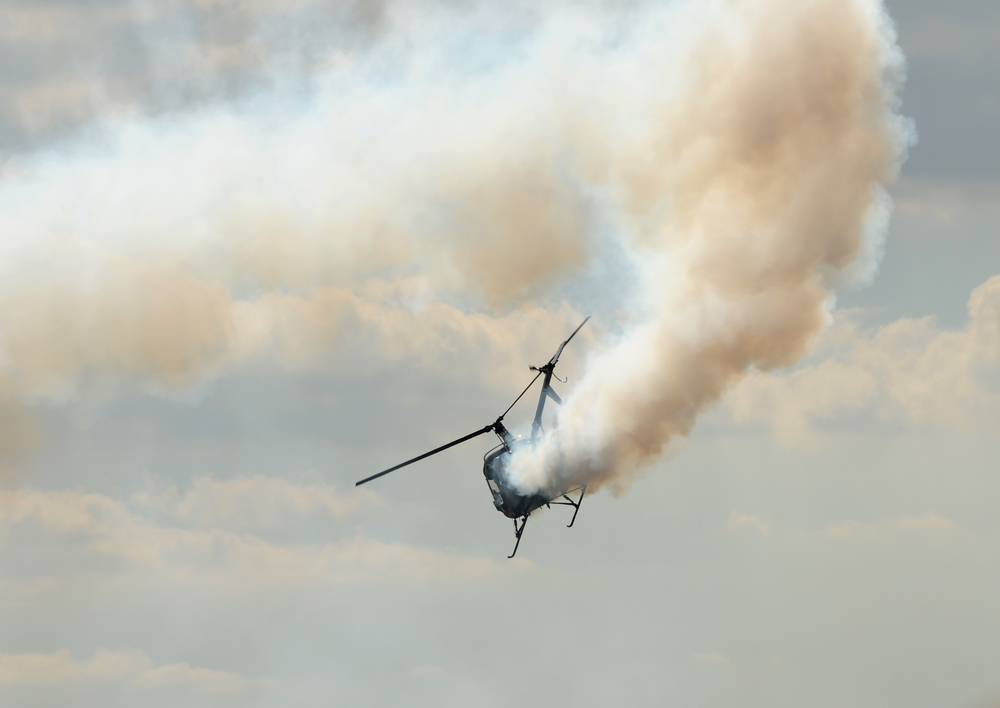California Flying Car Accident Attorney Sebastian Gibson

California Flying Car Accident Attorney Sebastian Gibson
After decades of people asking “Dude, where’s my flying car?” they’re finally expected to be available in some cities as early as 2023 and in greater numbers by 2025, but it’s been a long wait for people who want to fly in their car and for California Flying Car Accident Attorney Sebastian Gibson as well.
For decades now, as it was said in a Seinfeld episode, “It’s like we’re living in the 50s here.” An IBM commercial once featured Avery Brooks complaining, “It is the year 2000, but where are the flying cars? I was promised flying cars. I don’t see any flying cars. Why? Why? Why?”
Comedian Lewis Black referred to the lack of flying cars in one of his comedy routines by saying, “This new millennium sucks. It’s exactly the same as the old millennium You know why? No flying cars!”
But once flying cars and flying taxis are in the skies though for more than simply flying car tests and enthusiasts, it is almost a certainty, they will undoubtedly be involved in flying car accidents. And when that day comes, will flying car accident lawyers will be ready to represent victims of those flying car accidents? One aviation attorney who will be ready is California Flying Car Accident Attorney Sebastian Gibson.
For now, it’s interesting enough for an aviation and personal injury attorney like California Flying Car Accident Attorney Sebastian Gibson to consider how society will cope with flying cars and how flying car accident lawyers will ever be able to represent victims of flying car accidents when flying car accidents will likely require the involvement of numerous federal agencies and local government police forces over a period of months if not years to determine the cause of an accident involving a flying car.
But there are far more issues to consider than simply who will be responsible for flying car accident reports. So, first this article California Flying Car Accident Attorney Sebastian Gibson will look at the companies and countries involved in the intense race to build the flying cars and other flying vehicles of the future. Then we’ll look at flying car licenses and registration requirements and how some flying cars can avoid them. Finally, we’ll look at some of the other issues, many of which are substantial, which will need to be addressed before widespread introduction of flying cars into our transportation networks can be achieved.

Recent Developments
In Paris, in time for the 2024 Paris Olympics, Paris hopes to be able to provide visitors arriving at Charles de Gaulle airport with self-driving flying taxis to transport the arriving passengers to one of 10 aerodromes in the region around Paris.
The entities involved in the project are Airbus, and the RATP regional transport which manages Parisian public transport services.
Companies Producing and Testing Flying Cars
Vahana, a start-up by European aerospace conglomerate Airbus has already made over 50 test flights of its full-scale model and booked hours of flying time. Airbus and the Paris underground operator RATP are studying the viability of adding flying cars to the city’s urban transportation network and the broader region surrounding Paris. Hopes are that the Vahana will be self-piloted and thus be able to return themselves automatically to centers for maintenance.
Boeing which is involved in the Silicon Valley start-up Kitty Hawk has a taxi-style flying car they call Cora, and a smaller flying vehicle that can land on water, the Flyer, which has also completed test flights of these vertical takeoff and landing vehicles known as VTOLs. Google co-founder Larry Page is also involved with Kitty Hawk, as he is with Opener’s BlackFly.
The company Opener which produces the BlackFly in the U.S. states their flying car can travel for a distance of up to 40 kilometers at speeds up to 100 kilometers per hour on an 8 kilowatt battery or a distance of up to 64 kilometers at 130 kilometers per hour on a 12 kilowatt battery which can be recharged in as little time as 25 minutes for a 20 to 80 percent charge. BlackFly has reportedly had over 1,400 flights and has traveled more than 19,000 km.
Opener states that their BlackFly flying cars can take off from almost anywhere, require no formal licensing or skills to operate their flying vehicles safely as they qualify as being an ultralight, and can takeoff or land as a freshwater amphibious vehicle. Opener, however plans to mandate that users take the FAA Private Pilot written examination and complete its own operator training. When Blackfly goes on sale, Opener hopes to make it available for the price of an SUV. The BlackFly also has an auto-landing feature, and can return home for maintenance on its own.
Lilium is another name in the competition to build and test VTOLs. Theirs can travel 60 miles on a single charge. As this article is being written, Lilium has announced they just completed a test flight of their prototype five-seat air taxi which flies at 186 mph by remote control using 36 electric-powered duct fans which reduce noise. Lilium has a 2025 target for a fully operational service.
The U.S. based Chinese-owned firm Terrafugia and AeroMobil are also attempting to develop a two-seat flying car called the Transition, however, safety and development of the law for flying cars are just two of the challenges that must be met before they become a reality and not just a novelty. The Transition is designed to operate both on land and in the skies.
Before flying cars can become truly feasible, however, autonomous driving technology must also be perfected. A crash between two flying cars has the potential to be much more costly in terms of life and damage to property than an accident between two cars on the ground.
Other models of flying cars include the Volocopter, the Workhouse SureFly, the Ehang 184, the Pal V-One, Toyota’s efforts to design a VTOL, Israel’s Urban Aeronautics Fancraft, Electrafly, a motorcycle with wings that can carry only one rider, the Textron Bell Nexus, and the Joby Aviation air taxi.
Uber has a prototype for a larger flying car that would fly at 1,000 to 2,000 feet for their flying taxi service, though they do not expect to be involved in flying car manufacturing. Which brand or brands of flying cars they ultimately utilize, however, will depend on which flying carmakers produces the most useful flying cars for their needs.
Uber has announce partnerships for research with NASA, the U.S. Army and with aircraft manufacturers. Their own concept for a flying car is likely to be shared with other flying carmakers in the hopes they implement some of Uber’s designs and requirements into the flying cars these carmakers produce.
Uber’s Elevate division wants to start testing flying cars in 2020 and they claim they will begin deploying cars in major cities in the U.S. by the year 2023. As far as Uber is concerned, making flying cars autonomous is key. Not one to dally, Uber may well present their first Air taxies for testing in Dallas, Los Angeles and Dubai as early as 2020.
Uber hopes to use flying cars for their air taxi service which will take off and land from skyports in the cities they serve and be capable of a speed of 150 mph and a range of 60 miles with one pilot and four passengers on board using electric power. One wonders, however, if the passengers are overweight or have heavy luggage if that will not put a monkey wrench into their numbers.
Uber hopes their fleet of VTOL air taxis will eventually be autonomous, much like passenger drones to increase their profitability, all controlled by air-traffic control at vertiports in city centers.
Dubai has already begun training law enforcement officers on flying motorcycles and plans to enter their flying units into service in 2020.
FAA Flying Car Licenses and Registrations
Some flying cars don’t require a pilots license or require registration with the Federal Aviation Administration. However, the only type of flying cars that don’t require this to operate them are ultralights which weigh under 254 pounds not including safety features.
However, regulations prohibit flying ultralight flying cars during nighttime and over congested areas. It’s also unlikely that the FAA’s hands off approach to ultralights won’t last once flying cars become prevalent.
The BlackFly, manufactured by the company Opener, currently requires no special permits to fly in the U.S. Most other flying cars being developed, however, will not qualify as an ultralight.

Flying Car Issues That Need Resolving Before Flying Cars Are Common
One of the issues before flying cars are widespread, is public acceptance of having the vehicles constantly flying overhead. There are additional issues of whether they will be allowed to fly in the airspace over private property and what of individual privacy issues.
Clearly, flying cars pose enormous safety issues which non-flying cars do not to the same degree. An accident involving one or more land-based vehicles can be a danger to their occupants, to the drivers of other cars and to pedestrians. But a flying car that malfunctions or collides with another flying car or building, can raise the number of injuries and fatalities many fold. One only needs to imagine a flying car crashing into another flying car and then the two of them falling down on a street filled with pedestrians.
Flying cars will likely also require a fleet of flying safety and traffic officers on flying motorcycles as Dubai is now training.
A new methods of tracking flying cars quite different from tracking large aircraft will be required as will new licensing, registration and pilot training procedures.
Humans could be a major problem if required to operate the flying cars. They have enough difficulty driving forward and backwards, and side to side. Now add in up and down, and flying becomes much more complicated. Then add in how a novice pilot will know how to make a safety check on a flying car before taking it up into the air. This could be a recipe for one disaster after another.
Those same inexperienced human pilots will be expected to be able to make emergency landings where no landings can safely be made, deal with unexpected weather including rain, snow and lightening, flocks of birds and bird strikes, instrument failure and other malfunctions, and finally comes the question, will they still be flying while on the phone to their BFFs, texting and playing with the radio?
With manufacturers using every trick in the book to keep their flying cars lightweight, will these flying cars still contain the safety features we expect like air bags for each passenger, deep cushioned seats that lock in position, seat belts that can withstand a hard landing, soft instrument panels, and protection from being hit by other passengers, luggage and other loose items?
Will there be safety manuals a pilot of a flying car can turn to when the vehicle starts to develop a problem, a radio to call for help or any pilot training, and will there be time for a pilot to eject, deploy a parachute or even look for a safe place to land when they are already flying so low to the ground?
Will there be a way for pilots of flying cars to navigate or to determine where they are at any given moment, to know at a glance how much flying time they have left before crashing and where the nearest optimal landing center is located, all while being in a panic mode?
Software will need to be created so pilots without the extensive training of large aircraft can safely use to pilot flying cars. If flying cars are operated autonomously as companies like Uber hopes they can to save cost, the software will be on an entirely different scale than that of land-based vehicles. Instead of having to avoid tractor-trailers and pedestrians, the computer operated software will have to be capable of avoiding buildings and other flying vehicles while also being able to withstand the occasional bird strike.
The introduction of flying cars to our cities will require launching pads and recharging areas.
Flying car noise, like aircraft noise will require regulation. Corridors for flying cars to avoid schools, universities, hospitals and large pedestrian and working areas may need to be established for safety and for quiet. Nobody is going to appreciate noisy flying cars constantly overhead.
Laws and traffic regulations will need to be developed by the FAA, state and local flying car and flying vehicle codes. In addition, the laws regarding redress in the event of accidents will need to be developed to determine how accident reports will be generated, and how the causes of flying car accidents will be determined and which agencies will have the duty to make such determinations.
While cities with mild conditions, not much rain or snow and the right shape and size for air taxis will be conducive for an air taxi service, they will also need friendly city and state governments and the right type of electrical grid to facilitate the plans of air taxi services like Uber has in mind.
Insurance policies for flying cars will need to be completely rewritten. Auto insurance policies simply won’t suffice. Consumers will want to see flying carmakers be strictly liable for accidents involving their products as is common with product liability law for other products. Insurance companies will want to charge massive premiums for flying car insurance so they can make a profit. And flying carmakers will want to have immunity to lawsuits like gun manufacturers have. It’s not clear whether there be federal regulation of tort liability or whether each state create their own guidelines for insurance.
Once flying cars become widely available, it’s only a matter of time before there are flying motorcycles, hoverbikes, flying scooters, and other types of flying vehicles, each of which will require additional laws, regulations, insurance, and noise and safety issues to be addressed.
Flying carmakers will need to dispel beliefs of governments that would rather see the skies limited to large aircraft, perhaps air taxis and after that, only police or emergency vehicles – in other words, the Blade Runner concept. But would society ever be ready to accept having their privacy compromised by police flying cars and other law enforcement agency personnel on motorcycles constantly flying overhead?
And finally, as more of these energy consuming vehicles are put into use, more energy will need to be created to power them. Rather than reducing the amount of energy required for ground transportation which will still continue to be employed, the energy use may be increased thus dashing hopes for a more energy-efficient future.
California Flying Car Accident Attorney Sebastian Gibson, The Right Choice
California Flying Car Accident Attorney Sebastian Gibson has over 40 years combined experience in California and in London. California Flying Car Accident Attorney Sebastian Gibson has been named a 2020 Top Lawyer by the prestigious Palm Springs Life Magazine for the 10th year in a row and has law degrees both in California and in Great Britain.
As one of only a few accident and aerospace lawyers with knowledge of the progress toward developing the technology to support flying cars and the intense competition to produce flying cars, Aviation, Personal Injury and California Flying Car Accident Attorney Sebastian Gibson brings a wealth of valuable insight to both companies and individuals involved in this competition. As companies seek to produce safe flying cars they must take into consideration how societies in different countries will react to their introduction into transportation networks and their impact on privacy.
California Flying Car Accident Attorney Sebastian Gibson has been called “Brilliant” and “A Legend.” Avvo which rates lawyers across the U.S. has ranked him “Superb,” their highest rating. California Flying Car Accident Attorney Sebastian Gibson has offices in the Palm Springs and Palm Desert area, and in Newport Beach and is an international lawyer frequently involved not only in representing victims of catastrophic vehicle accidents and in various business matters but is also well known as an entertainment lawyer and is one of the few attorneys who also specializes in the fields of space and aerospace law.
California Flying Car Accident Attorney Sebastian Gibson will be ready to represent clients involved in flying car accidents when that day comes. When it does, we’ll still wonder why it took so long for flying cars, flying motorcycles, flying hoverboards, flying taxis, flying bikes, flying scooters, and perhaps even flying buses, and flying trucks to arrive but people will likely also wonder how people ever got by without them.




